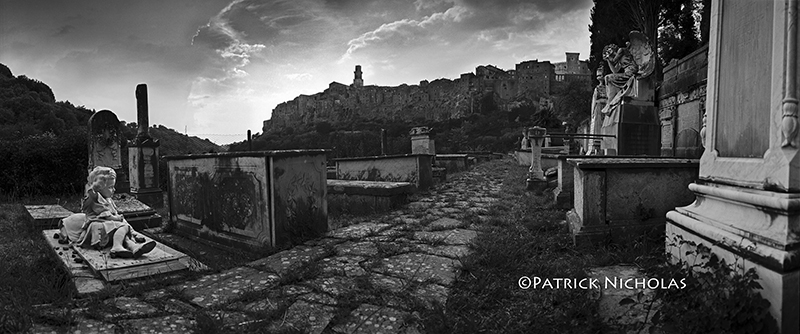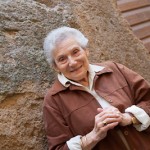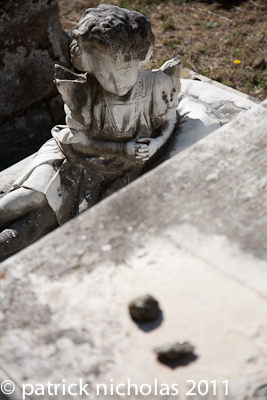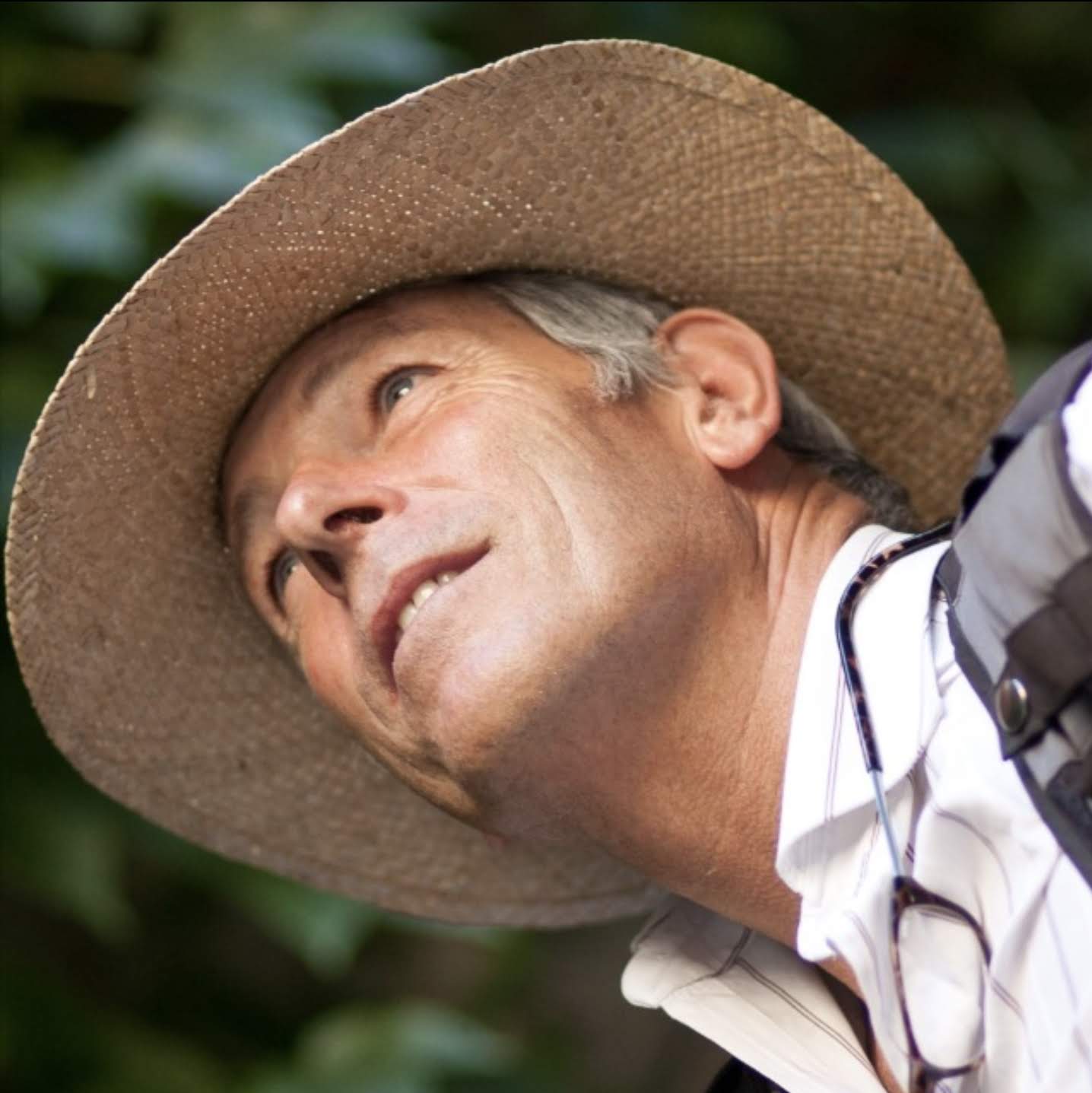In an out of the way corner of southern Tuscany, about 45 minutes from Orvieto, is a town perched on a volcanic ridge – one of the most evocative sights of Italy – Pitigliano Little Jerusalem as it is popularly known. George Dennis, the noted Etruscologist, described it thus in 1847: Pitigliano is a place of considerable importance, with some 3000 inhabitants, of whom more than a tithe ( a tenth) are Jews, led to congregate here, as at Gibraltar, by the annoyances and persecutions they are subjected to in the neigbouring state. (Dennis is referring to The Papal State, modern Latium a mere 5 miles away. He needed a passport to cross the border.) In spite of the wealth thus created, Pitigliano is a mean and dirty town, without any interest inside its gates. Though there is little to interest the antiquary at Pitigliano, there is food for enough for the artist. Few towns in volcanic Etruria are more imposingly situated and in the midst of finer scenery.
What was true for the artist in 1847, holds true for the landscape and documentary photographer today.
For at least 500 years this small community hosted a Jewish ghetto now sadly reduced from the 300 of Dennis’ day to just two persons, eighty year old Elena Servi, tireless custodian of the ghetto museum and synagogue, and her son.
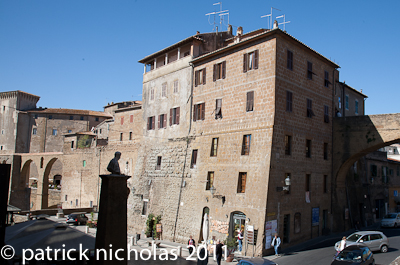
Reconstructed corner building where Elena Servi lived until 1943. Sadly, but predictably, it has neither the beautiful loggia nor the elegant stonework of the building nextdoor.
The building by the main gate in which many Jews lived including Elena’s family was blown up by the Germans in 1943 in order to swing their vehicles around the bend. The post war re-construction is easy to see.
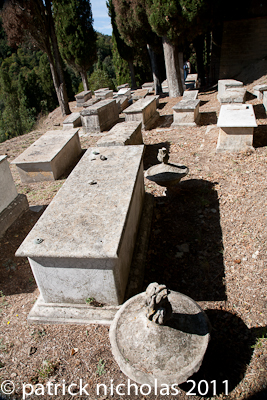 Life became very difficult for the Jews in Italy and no less so in Pitigliano. Jews lost their jobs and had their businesses closed, children were segregated into separate schools. Elena Servi recounts how her family were rescued from deportation and almost certain death in Auschwitz by the local peasant population who hid them in cottages, farms and caves from 1943 to liberation by the allies in June 1944. The only Jewish victim turned out to be a dentist who was killed by the allied bombing raid on the bridge in 1944 which also killed the town’s photographer and scores of others. Nobody had realised he was Jewish at the time as he was from Romania. During the raid he had been operating on a German officer, who survived. So much for a benevolent destiny.
Life became very difficult for the Jews in Italy and no less so in Pitigliano. Jews lost their jobs and had their businesses closed, children were segregated into separate schools. Elena Servi recounts how her family were rescued from deportation and almost certain death in Auschwitz by the local peasant population who hid them in cottages, farms and caves from 1943 to liberation by the allies in June 1944. The only Jewish victim turned out to be a dentist who was killed by the allied bombing raid on the bridge in 1944 which also killed the town’s photographer and scores of others. Nobody had realised he was Jewish at the time as he was from Romania. During the raid he had been operating on a German officer, who survived. So much for a benevolent destiny.